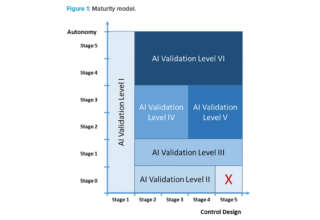
As the modern world grows more complex and information driven, it seems like there’s so much more everybody has to know in order to function in day to day life. From modern updates to concepts like day planners to complex databases that require super computers to run, our lives require knowledge.
And yet, there does seem to be an upper limit to how much an individual human being can know and easily recall; we all know at least one person who regularly forgets where they left their keys, but we’re all liable to forget important things at crucial junctures more often than any of us would like. Luckily, in this information driven world, there are knowledge management tools to help us adapt to the environment.
Why Do We Need Knowledge Management Tools?
Knowledge management is the process of gathering, increasing, spreading and properly using an organization’s knowledge, be they a dedicated research firm, university, public library or information technology company. Many large organizations, including large companies and government agencies have dedicated considerable efforts into implementing and handling knowledge management tools as most of them have a considerable amount of information that they do not always have the easiest time using effectively and efficiently. Knowledge management efforts focus on the organization’s objectives, whatever they may be so long as they are focused on sharing knowledge within the organization. Of course, like most human endeavors, this takes tools.
Knowledge management tools are a diverse array of technologies that serve a number of different purposes. Groupware is a subset of computer software that works to allow people within organizations to collaborate on projects and share information within the organization. These programs generally include functions for threaded discussions, the sharing of electronic documents and uniform email systems. These systems enable a number of options for any organization using them, including allowing workers to telecommute and thus ease the congestion of roads and public transportation in addition to easing the pressure on employees.
Content And Document Tools
Content and document systems tools are tools for knowledge management intended to automate the process of creating web content or documents within in an organization. The process of creating documents and content involves graphic designers, writers, editors and producers, and content and document management tools are used to hasten this process along by allowing the content to be moved online to the people who need it faster, be it a new logo or revised employee manual.
The two tools were initially separate tools, but as more organizations began using Internet standards within their own networks, the line between the two blurred into oblivion. In a similar vein to groupware is telepresence technology, a rapidly growing type of software intended to enable members of an organization to have virtual meetings connected by the Internet rather than meeting together in a physical space that can take weeks to get all the needed participants together.
Videoconferencing is the most obvious example, though some smaller organizations still use voice only telepresence technologies to get everybody together. There are a great many other knowledge management tools out there, each with their own place in any organization that may be suffering from information overload.









